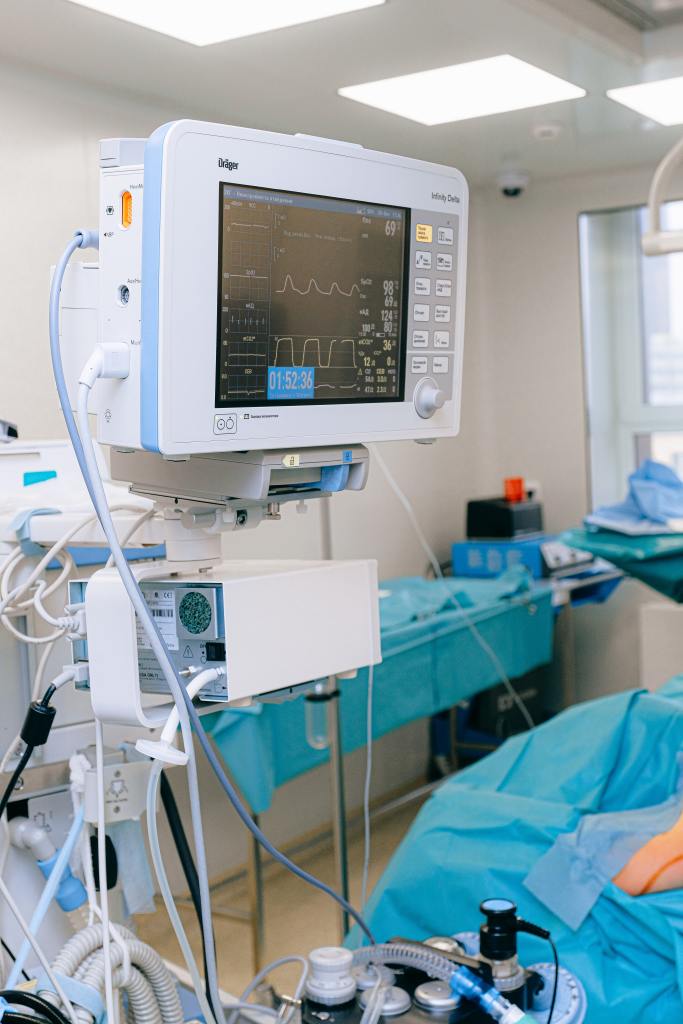
In 2010, Rajan Bhatt completed his cardiology fellowship training at the University of Arizona, Tucson, Arizona. Since then, Rajan Bhatt has established two medical organizations, Spectrum Dermatology and Valley Surgery Center, LLC. As the founder and double board-certified CEO of these medical organizations, he has close to 200 employees and has written many articles published in journals held in high regard amongst his peers. He is also a member of the American College of Cardiology, a non-profit society for physicians dealing with heart-related conditions.
The human heart has four pumping chambers. These chambers have four valves, connecting them and ensuring that blood effectively circulates the heart. Sometimes, some of these valves could become stiff or leaky. In such cases, physicians would need to conduct open-heart surgery to repair or replace the valves with artificial ones.
When a patient’s heart valves become stiff or stenotic, the heart struggles to pump blood through the faulty valves. This could lead to the patient experiencing pains or other discomforts. Also, when a patient has a leaky heart, some of the blood pumped by the heart flows backward, and the amount of blood in circulation becomes inadequate.
Sometimes, physicians could decide whether the problematic valves are repairable and insert a ring into the valve to provide support. However, physicians could also decide that the valves require replacement. In such cases, physicians can construct artificial valves from animal valve tissue or tissue derived from human donors. Additionally, physicians could also create valves from carbon-coated plastic.